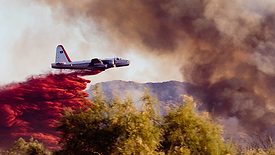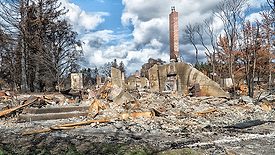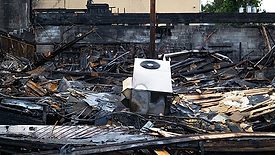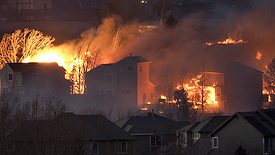Articles by Patrick Moffett
Wildfire Ash Composition, Health Effects and Cleanup
Understanding the Health Risks and Cleanup Methods of Wildfire Ash
Read More
Stay ahead of the curve with our eNewsletters.
Get the latest industry updates tailored your way.
JOIN TODAY!Copyright ©2025. All Rights Reserved BNP Media.
Design, CMS, Hosting & Web Development :: ePublishing





